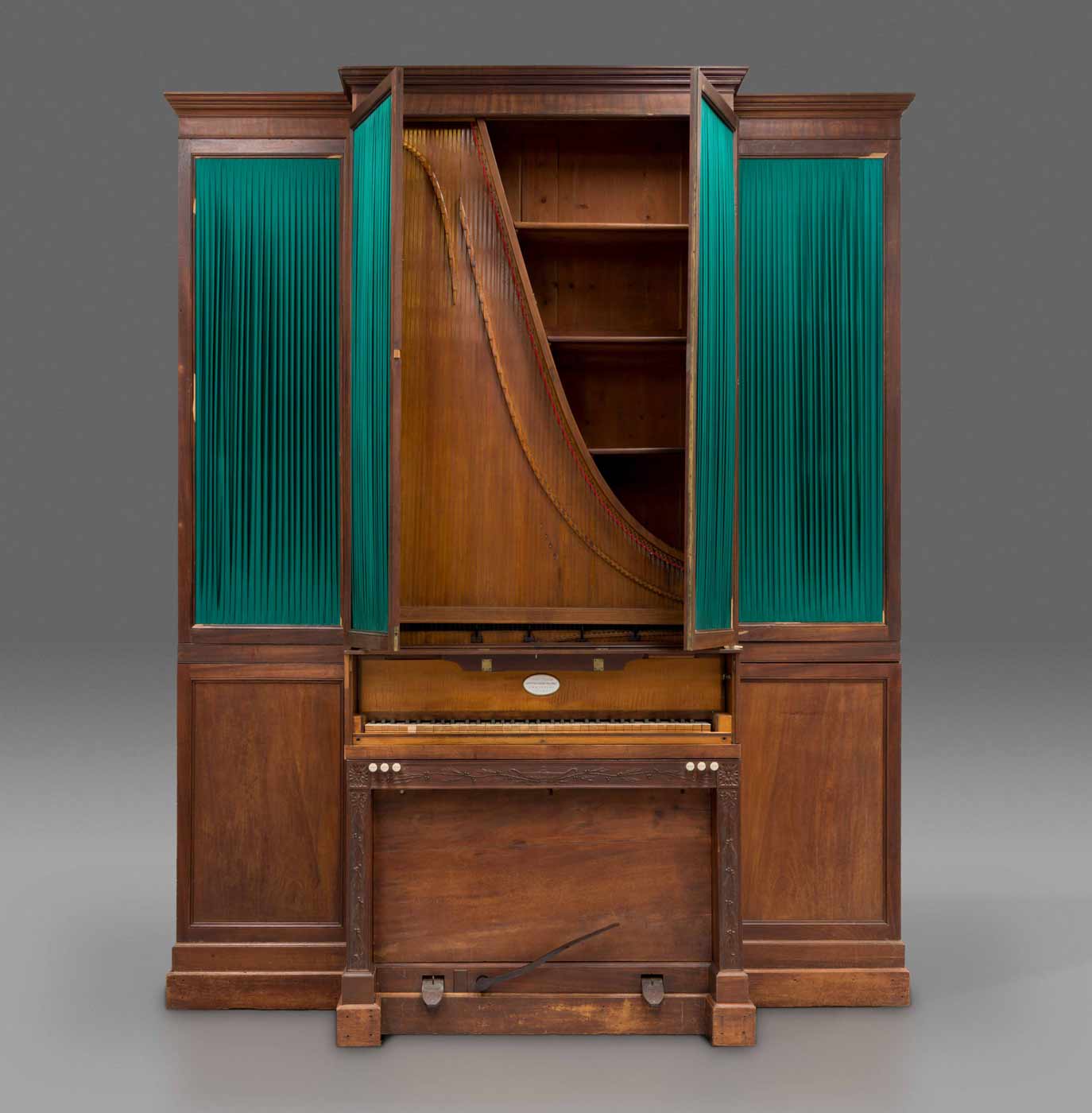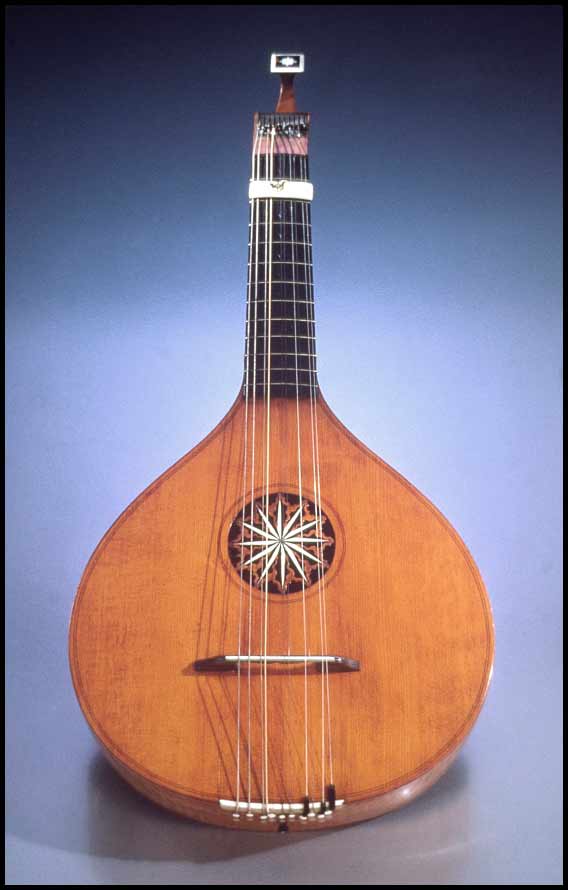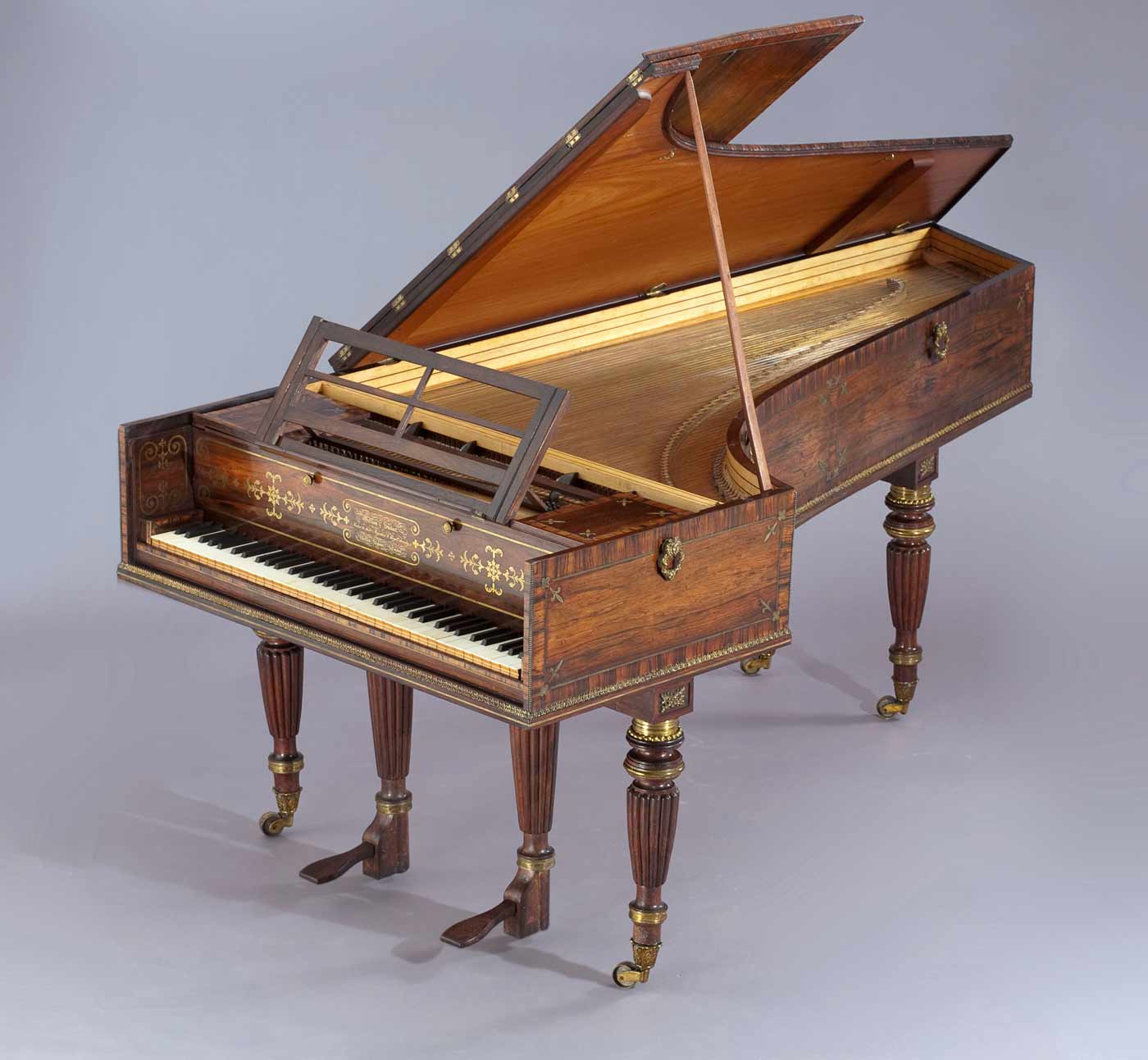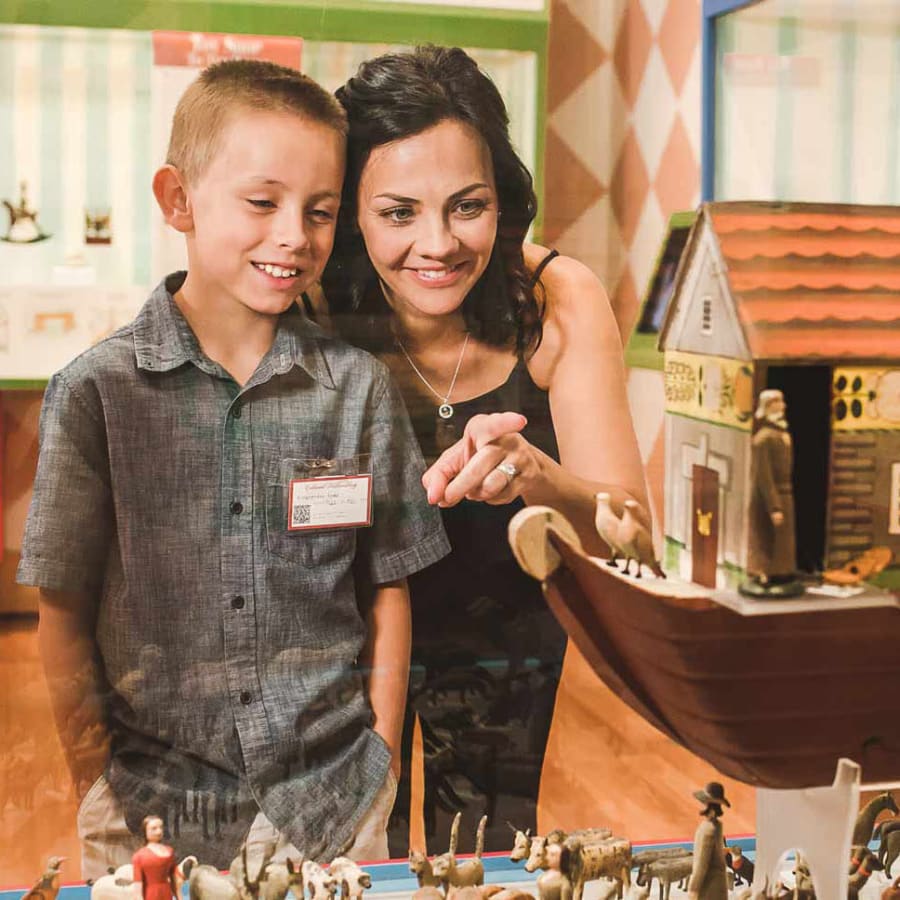Now Open
On view in the Mark M. and Rosemary W. Leckie Gallery Gifted in Honor of their Children
This exhibition is generously funded by an Anonymous Donor
This exhibition immerses visitors in the musical world of the 18th century. In the colonial era, music could be heard in the work fields, the militia campsites, the slave quarters, the church, the theatre, the ballroom, and the parlor. It was part of everyday life. Although there was no way to just turn on the music, there were many ways to create it. Instructors gave voice lessons or taught their students to play any number of instruments from spinets and harpsichord to violins and harps. There were even instruments to teach birds how to sing to enliven a dinner party. Some music like those of the enslaved community was passed from generation to generation. Music was a large part of people’s experience and helped foster a sense of community whether it was accompanying the organ in song at church or an impromptu concert at home to show off their talents to friends.



EXPLORE ONLINE
Explore this Exhibition Online
Explore and search our Online Collections to learn more about The Colonial Williamsburg Foundation's vast collections.
Learn More